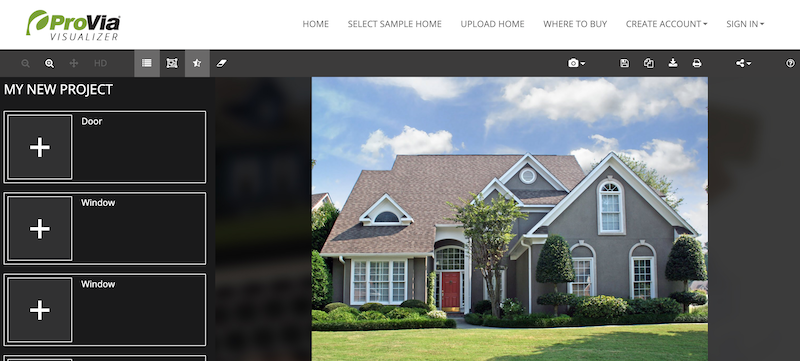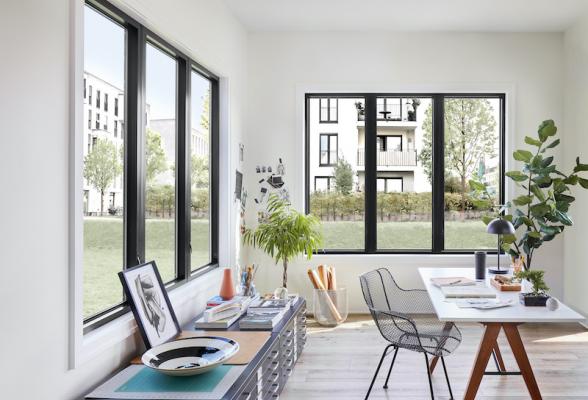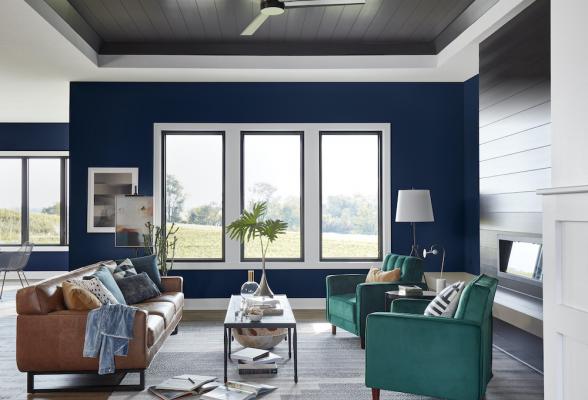4 Tips for Selling Entry Doors from ProVia Door
Remodelers can play a key role in not only ensuring clients choose a door the love, but also consider upgrades in look and performance.

With so many brands, materials, and styles of entry doors on the market, it’s easy for homeowners to get overwhelmed—and potentially make a mistake that impacts the curb appeal or even the integrity of their home. Remodelers can play a key role in not only ensuring clients choose a door they love, but also consider upgrades in appearance and performance.
Here are a few strategies to make the selling process more productive:
1. Educate the buyer
With so many door brands on the market, homeowners may start to gloss over them and think they’re all the same, choosing solely based on appearances. But there’s often a big difference, visibly and invisibly, between an off-the-shelf option at a big-box store and a custom unit. Be sure to educate your buyer on why you offer a high-quality product and how what they can’t see behind the paint can impact the door’s long-term performance. For example, ProVia offers premium doors that are made to order and feature hardwood stiles, rails, and frames. It’s important to communicate how higher-quality details such as these, though more expensive, typically deliver a larger return on investment because the door will last longer and better withstand the elements versus a cheaper product.
“The mentality is that it’s just a door,” says Kim Mast, Director of Sales-West at ProVia. “Most homeowners don’t know how the door is built.”
ProVia helps aid pros in the selling process by providing door sales kits that show the pieces of the door and how they are built.
2. Visualize the finished product
Many manufacturers now offer web- or app-based visualization tools for exterior materials to show what the products will look like on their homes or a similar-style home. ProVia’s Exterior Home Design Visualizer allows remodelers and homeowners to upload an image of the home and then “try on” different doors by changing up the model, color, hardware, swing, glass style, and more. This process makes the selection process a little less overwhelming and gives the homeowner more confidence in their decision—especially for bolder colors and looks. “Now that homeowners can visualize how a new door will look on their home, they are more willing to take risks with bolder colors and designs,” Mast says. “However, that risk is greatly diminished because they are able to see the end result before work begins."
The tool also allows the dealer to display pricing, so the homeowner can see the cost of their decisions.
3. Seize the power of suggestion
During the consultation and design phase, evaluate the homeowner’s current door. Is it peeling? Dented? Askew? Use these pain points to sell the most appropriate replacement, emphasizing the attributes of a new door that will eliminate the headaches of the old door. For instance, a fiberglass door will avoid the dents that can plague light-gauge steel doors and won’t require as much maintenance as a wood unit for busy families.
4. Leverage past work
Use quality photos of previous projects and unique door installations to keep buyers inspired. Show them the possibilities of a style or color they may have considered too much of a departure in the past. Homeowners love distinguishing their homes from others on the block, and the entry door is an excellent, comparatively inexpensive way to create an instant transformation—especially if the homeowner can flex a little out of their comfort zone.
Follow along with Dreamstyle as they take on the 2020 Model Remodel here.




